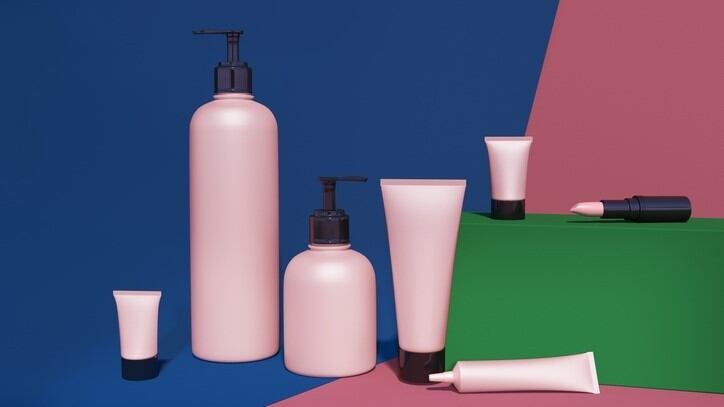APAC already has the highest cosmetics packaging revenues by region, accounting for more than one-third of the global market.
Furthermore, it is expected to witness the fastest CAGR of 5.5% to 2030, owing to its large population and rising per capita income, which is increasing the consumption of cosmetics.
The global CAGR is forecast to be 4.8% over the same period, hitting a value of US$55.9bn by 2030.
The data was revealed in a new report from Allied Market Research, which also noted the rising trend for sustainable packaging solutions, as well as the vast opportunities for growth offered by the e-commerce sector.
In relation to the COVID-19 bounce back, the report states: “The outbreak of the COVID-19 pandemic led to the implementation of the global lockdown, due to which, various manufacturers in the cosmetic packaging market had to stop their business. This directly impacted sales of cosmetic packaging manufacturing companies.
“In addition, lack of manpower and raw materials restricted the supply of cosmetic packaging components. This, in turn, negatively influenced the growth of the market.
However, reopening of production facilities and introduction of vaccines for coronavirus disease are anticipated to positively influence cosmetic packaging market growth.”
Despite rising demand for more eco-friendly solutions, the plastic segment held the highest market share in 2020, accounting for more than half of the global cosmetic packaging market, and is estimated to maintain its leadership status throughout the forecast period.
However, the paper-based segment is projected to manifest the highest CAGR of 5.4% from 2021 to 2030, owing to increase in restrictions on the use of plastic.
Skin deep
Based on application, the skin care segment accounted for the largest share in 2020, contributing to around two-fifths of the global cosmetic packaging market, and is projected to maintain its lead position during the forecast period.
This is due to factors such as increase in use of skin care products in emerging countries and rise in number of people suffering from various skin conditions.
However, the make-up segment is expected to portray the largest CAGR of 5.6% from 2021 to 2030, owing to increased use of makeup products in emerging countries.
Analyst Onkar Sumant added: “The cosmetic packaging market has witnessed significant growth in the past decade, owing to increased spending on skin care cosmetic products in developed and developing countries and advancements in 3D printing technologies, which enable the manufacturers to make highly detailed and complex shaped cosmetic packaging.
“A number of players in the cosmetic packaging industry are expanding their business to strengthen their foothold in the global market. By material type, the plastic segment dominated the cosmetic packaging market in 2020, in terms of revenue. This is attributed to its easy usability. Depending on packaging type, the bottles segment is expected to grow at a higher CAGR during the forecast period, owing to the increased demand in creamy cosmetic products.”


